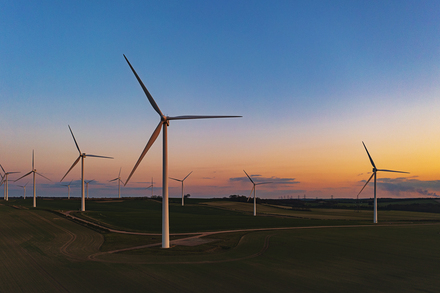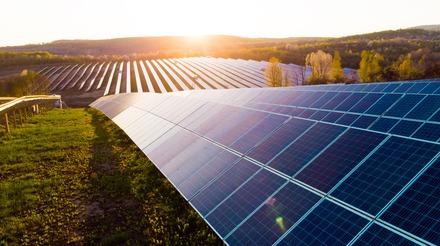
Empowering a renewable future means we’re stepping up our commitment to help employees, customers, and brokers make smarter, greener choices. Explore our latest articles, videos, press releases, events, and reports—all in one place.


A perfect storm for corporate buyers seeking PPAs is building in the lead up to 2030 - don't get caught!

Developers and large energy users engaged directly in the market: what can you do to mitigate the risks of the energy transition’s “messy middle”?

Navigating LGC market trends – prices at all-time lows and the transition to a voluntary scheme post 2030

LGC procurement strategies: Spot market vs. Power Purchase Agreements (PPAs)

Market update: Winter market volatility can open long-term opportunities
Join us at our next event or webinar
Stay ahead in the renewable energy sector. Attend our upcoming events and webinars to explore energy trends and meet our expert team.

Connect with our Australian media team
Our industry experts span the globe, offering deep insights and regional knowledge. For Australian insights, contact our regional media representative.

Delve into our company reports
Explore our collection of company reports, covering business activities, sustainability updates, and diversity progress, and follow our ongoing journey as we work to empower a greener generation.

